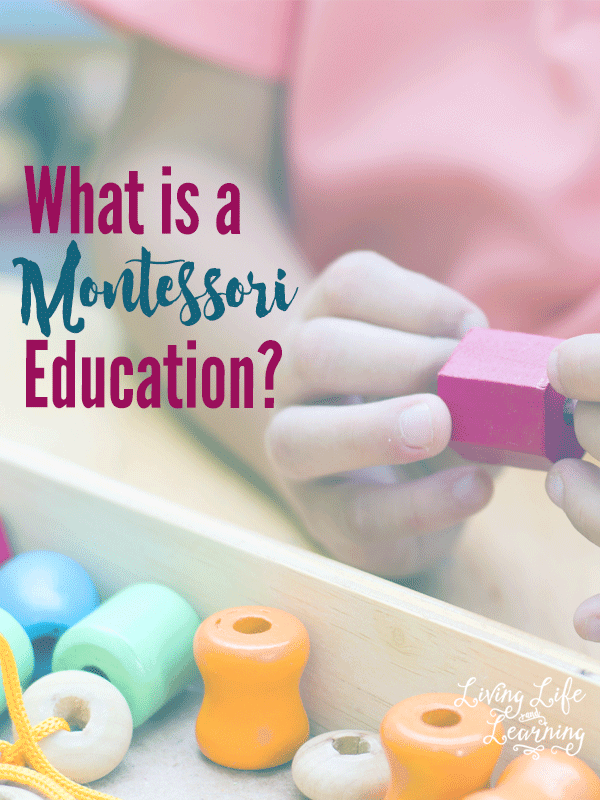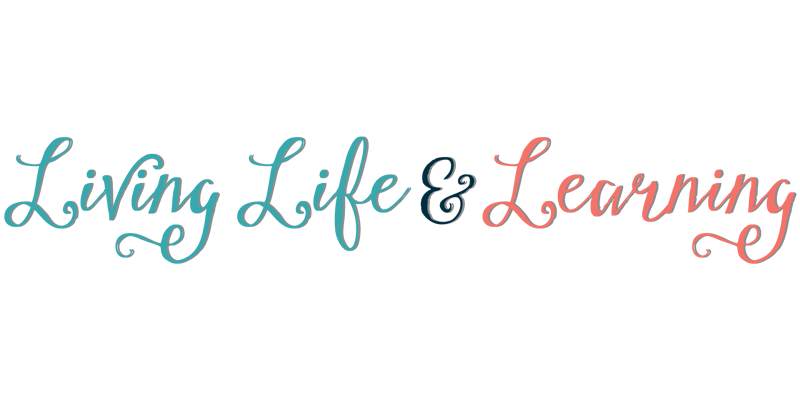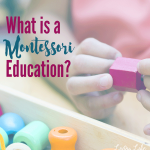What is a Montessori Education?
What is a Montessort education? If you’re thinking about homeschooling, you may be wondering about all the different homeschool methods there are out there. Have you been wondering what is the Montessori method?
The Montessori method was developed my Maria Montessori, a physician and educator from Rome. The Montessori method focuses on the development of the child as an individual person full of a natural curiosity. The idea is to nurture this curiosity during the early years (0-6 years old) by providing the right opportunities to learn. Maria insisted that children were mature individuals capable of learning things on their own because of their natural curiosity. Teachers are to have a supportive role and provide an environment conducive to their learning at a level appropriate for them.
Make certain to read about What is Waldorf Education? as well. It’s always good to be informed.

This post may contain affiliate links meaning I get commissions for purchases made through links in this post. Read my disclosure policy here.
What is Monstessori Education?
The premise of the Montessori method uses materials that are highly kinaesthetic since children learn with all of their senses. Activities are grouped by age and skill. The teacher is responsible for observing the child in order to determine what skill they should be able to learn. Anything from potty training to cooking is learned so that the child learns to be self-sufficient. The use of sensorial toys allows the child to enhance their senses. Children are not taught through lectures but are encourage to learn through playing. The emphasis is not on imaginative play but on learning specific concepts.
The focus is on learning practical life skills and improve coordination. They pour liquids and food into other containers, play with buckles, zippers, and buttons, and clean tabletops. They learn where their place in the world is through geography and science. Reading starts with learning the alphabet with a movable alphabet and/or sandpaper letters. Activities included the use of lacing beads, pouring liquids and solids from one container to another, and sorting activities by colour or size.
To learn more about the Montessori method, do some research and get some books or speak to some Montessori teachers at a local school.
What are the benefits of a Montessori education?
The reason that many people are drawn to the Montessori education is that it gives them the chance to learn with their senses.
The biggest thing to figure out about kids is that they all learn totally differently. Some kids learn with their senses while other kids learn using their hands. Using the Montessori approach to learning gives the freedom to great a lifestyle that better fits the best way for them to learn.
When you can take lessons and learn and teach them in a way that resonates with your child, this is going to be a great way to motivate them to want to continue to learn.
Those who have incorporated Montessori into their home can be the best way to find out if it’s something that you’re going to enjoy as well. Talking to other families who homeschool this way can be a great way to filter through and figure out if the Montessori method is right for you.
Favorite Montessori books
I’m a big advocate of reading and doing research online. For this reason, I think that it’s important to took an overall open learning approach when doing your own research. Below are a few books about Montessory education that you can read and gather more information on.
I love to read a few different books about a topic so that it’s a well-rounded approach. Once I read, I take what I’ve learned and read and then come to my conclusion.
These are just a few Montesorri Books and there are many other great options out there as well.
- Dr. Montessori’s Own Handbook: (Montessori Classics Edition)
- How To Raise An Amazing Child the Montessori Way
Favorite Montessori Blogs
Online blogs can be even more great resources as many of these posts are written by parents who actual have tried and used the resource. If you’re looking for a great resource from people who have actual hands on exeprience, homeschooling blogs can be a great way to go.
You’ll find real thoughts and opinions based upon those who have tried out or are using Montessori education in their home.
This post is a part of my 31 day series – Ultimate List of Homeschooling Questions.
Tips For Choosing the Best Homeschooling Approach
There is no one way to homeschool approach. The great part about homeschooling is that you can weigh out your options and figure out what works best.
Before you decide on homeschooling any certain way, make certain that you read and understand what you’re hoping to accomplish as a family. This is one of the biggest tips that I can offer and it’s one that only you can decide.
You’ll find that there are a ton of great options that you can choose which can be wonderful and overwhelming all at once.
Slowing down a bit and focusing on how your child likes to learn is going to be one of the biggest indicators in the type of schooling that they’re going to enjoy doing. Montessori offers a more creative type of schooling and approach that may be just perfect for what your child is looking for.
More Homeschooling Resources
Since we’ve been homeschooling for quite some time, I’ve put together some other great resources that you should check out as well. Homeschooling is all about putting together a great plan and then having fun doing it! These resources can help you make a choice about the next steps to take.


